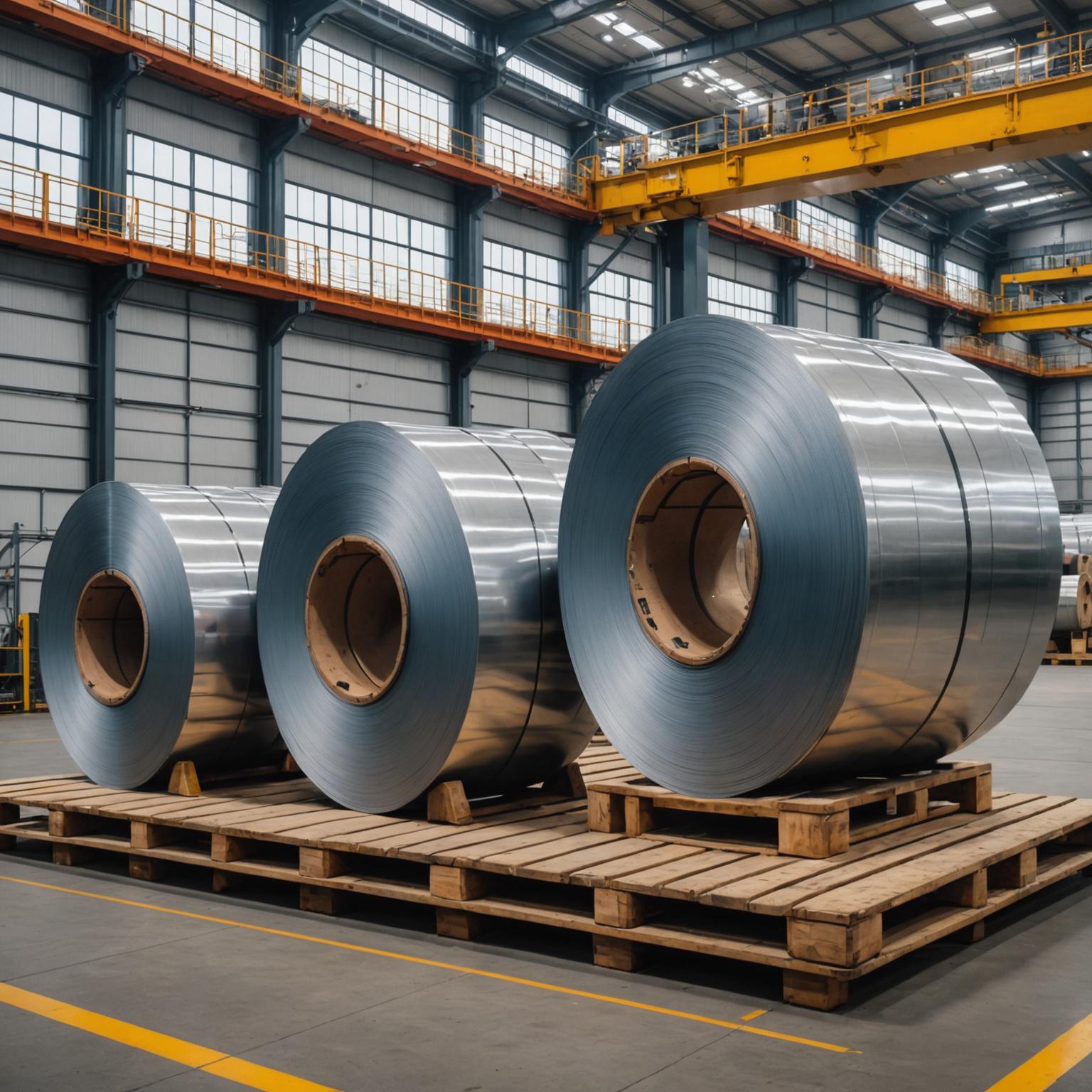When embarking on a new project that requires high-performance materials, selecting the right type of stainless steel is a critical decision. The debate over 316L vs 316 Stainless Steel coil is a common one among engineers, fabricators, and designers. Both are excellent choices known for their superior corrosion resistance, but subtle differences in their chemical composition can have a significant impact on performance, especially in specific applications. This guide will walk you through the properties of each, compare them head-to-head, and help you determine which is better for your project, ensuring longevity and structural integrity.
Understanding 316 Stainless Steel
At its core, 316 stainless steel is an austenitic chromium-nickel stainless steel that contains an addition of molybdenum. This molybdenum content is what gives Grade 316 its significantly enhanced corrosion resistance, particularly against pitting and crevice corrosion in chloride-rich environments. Its composition typically includes 16-18% chromium, 10-14% nickel, 2-3% molybdenum, and a carbon content of up to 0.08%. Thanks to this robust chemical makeup, 316 stainless steel is a go-to material for demanding environments. It is frequently used in marine applications, chemical processing and storage, food processing equipment, pharmaceutical manufacturing, and medical implants. Its ability to withstand acids, brines, and other corrosive substances makes it incredibly versatile and reliable for high-stakes industrial use.
Introducing 316L Stainless Steel
On the surface, 316L stainless steel seems almost identical to its 316 counterpart, and for the most part, it is. The 'L' in 316L, however, is a crucial differentiator—it stands for 'low carbon'. While standard 316 can have a maximum carbon content of 0.08%, 316L grade has a maximum carbon content of just 0.03%. This seemingly minor reduction in carbon has a profound effect on the material's properties, most notably its behavior during and after welding. This low carbon variant was specifically developed to address a problem known as sensitization, or weld decay, which can occur in standard 316 stainless steel under certain conditions. The lower carbon content minimizes harmful carbide precipitation during welding, a topic we will explore in more detail.
Key Differences: Corrosion Resistance and Weldability
The primary advantage of 316L stainless steel coil over 316 is its superior weldability. When standard 316 stainless steel is heated to temperatures between 800°F and 1500°F (425°C to 815°C), as happens during welding, its carbon can combine with chromium to form chromium carbide precipitates at the grain boundaries. This process depletes the chromium in the surrounding area, reducing its ability to form the passive, corrosion-resistant layer that stainless steel is known for. The result is a welded joint that is highly susceptible to intergranular corrosion. To restore the corrosion resistance in a welded 316 part, a post-weld annealing treatment is required. However, the low carbon content of 316L virtually eliminates the risk of sensitization. This means it can be welded without causing significant carbide precipitation, maintaining its corrosion resistance in the as-welded condition. This makes 316L the far superior choice for any component that requires extensive welding and will be exposed to a corrosive environment.
Mechanical Properties and Strength
While weldability is a major factor, it's also important to consider mechanical properties. Due to its higher carbon content, standard 316 stainless steel has slightly higher tensile strength and yield strength than 316L. The increased carbon acts as a hardening agent, making the material a bit tougher. However, for a vast majority of applications, the difference in strength is negligible and does not outweigh the significant benefits of 316L's enhanced weldability and post-weld corrosion resistance. Both grades exhibit excellent ductility and formability, allowing them to be shaped into various components without cracking. Ultimately, the decision between 316L vs 316 Stainless Steel coil rarely comes down to strength alone; it's a balance of properties tailored to the end-use.
Choosing the Right Coil for Your Application
So, which is better for your project? The answer lies entirely in the application's specific requirements. For applications that involve heavy welding and subsequent exposure to corrosive elements, 316L is the clear winner. This includes manufacturing large tanks, pressure vessels, pipelines for chemical transport, and structural components for marine architecture. Its resistance to weld decay ensures the long-term integrity of the fabricated structure without the need for costly and time-consuming post-weld heat treatments. On the other hand, standard 316 stainless steel can be a suitable choice for applications that do not require welding. For example, if you are machining parts from a solid bar or creating components where strength is the absolute priority and welding is not part of the fabrication process, 316 might be considered. However, given the modern steel market, this scenario is becoming less common.
Factoring in Cost and Availability
Historically, the specialized process required to produce low-carbon stainless steel made 316L a more expensive option. However, advancements in steel manufacturing technology, particularly the advent of Argon Oxygen Decarburization (AOD), have largely erased this price gap. Today, the cost of 316 and 316L steel coils is often very similar. Furthermore, because of its versatility and superior performance in welded applications, 316L has become more widely produced and is often more readily available than standard 316. Many suppliers and manufacturers now stock 316L as their default '316 grade' product, as it can be used for both 316 and 316L applications (it is dual-certified), whereas the reverse is not true. This market reality often makes 316L the most practical and accessible choice.
Making the Final Decision
In conclusion, the choice between a 316L and 316 stainless steel coil hinges almost entirely on the role of welding in your project. For any application where welding is necessary, 316L is the superior, safer, and more reliable option, providing excellent corrosion resistance at the weld seams without extra treatment. For non-welded applications, 316 could suffice, but with minimal cost difference and greater availability, 316L often proves to be the more strategic choice overall. By understanding these key distinctions, you can confidently select the high-quality steel coil that provides the perfect backbone for your project, ensuring strength, durability, and innovation.








